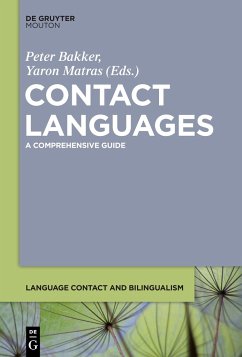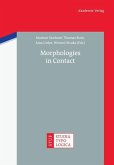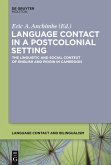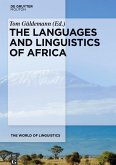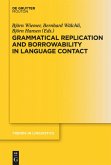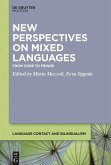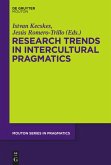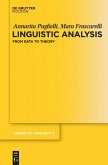This volume deals with several types of contact languages: pidgins, creoles, mixed languages, and multi-ethnolects. It also approaches contact languages from two perspectives: an historical linguistic perspective, more specifically from a viewpoint of genealogical linguistics, language descent and linguistic family tree models; and a sociolinguistic perspective, identifying specific social contexts in which contact languages emerge.
Hinweis: Dieser Artikel kann nur an eine deutsche Lieferadresse ausgeliefert werden.
Hinweis: Dieser Artikel kann nur an eine deutsche Lieferadresse ausgeliefert werden.
"This collection forms an exhaustive volume on contact languages in a way that not only thoroughly summarizes and challenges traditional theories and models pertaining to this field of study, but also provides newer approaches to analyzing contact languages, their origins, and methods of classification, and as such, lays the framework for further investigation on contact languages."
Farah Ali in: www.linguistlist.org 08/2017
This is an important book, which should be consulted by all scholars of language contact for the state of art on the study of extraordinary/exceptional results due to intensive and unusual language contacts. Creoles are amog these unusual cases, but they are hardly the only kind; the up-to-the-minute chapters here on pidgins, mixed languages, and multiethnoletics ought now be treated as gold standard references."
John McWorther in: Journal of Pidgin and Creole Languages 34/1 (2019), 171-177
Farah Ali in: www.linguistlist.org 08/2017
This is an important book, which should be consulted by all scholars of language contact for the state of art on the study of extraordinary/exceptional results due to intensive and unusual language contacts. Creoles are amog these unusual cases, but they are hardly the only kind; the up-to-the-minute chapters here on pidgins, mixed languages, and multiethnoletics ought now be treated as gold standard references."
John McWorther in: Journal of Pidgin and Creole Languages 34/1 (2019), 171-177

